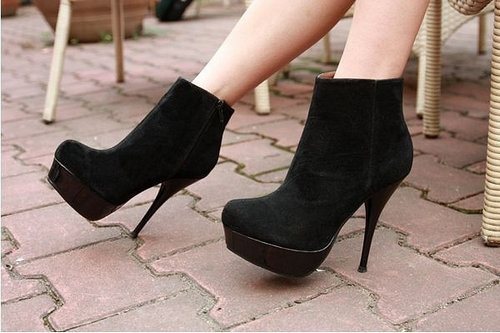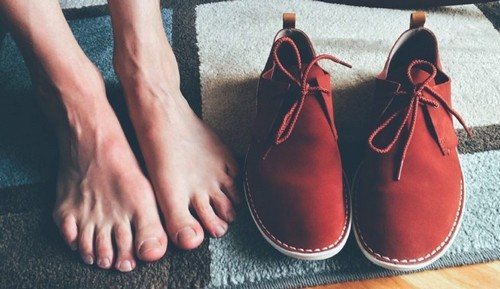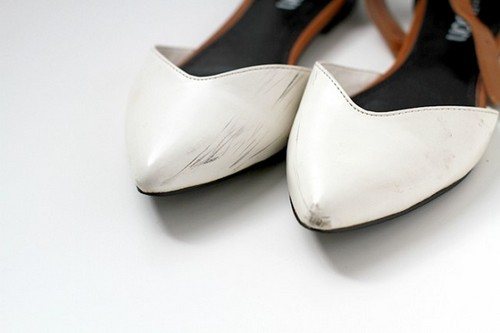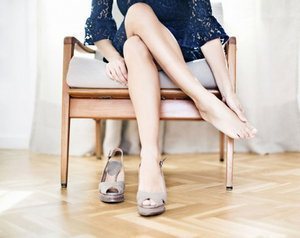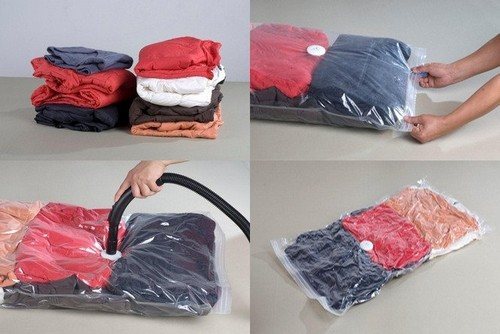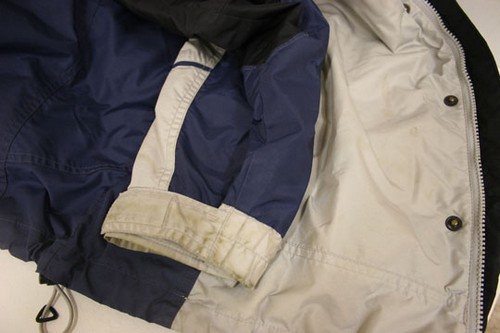Nubuck is a natural material, it looks great, shoes made from it are light and practical. How to care for nubuck is probably very difficult, and the beautiful appearance will not last long, here are some fears that keep you from buying. But this opinion is nothing more than a myth, and correct information will help dispel it - what nubuck is, what means and methods exist for caring for it.
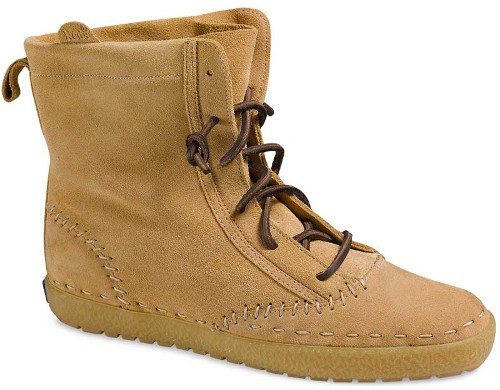
What is it made of
In the classical sense, nubuck is made from calfskin using the chrome tanning method; a slight roughness is given to it using a light abrasive treatment. Nubuck differs from suede in its finer hairiness and special polishing, which gives it a worn look. Today there are at least three types of materials:
- Natural, made from full-fledged leather, has its advantages, but requires more careful care.
- Artificial, it is made from synthetic materials, in several layers, such nubuck is stronger than natural, waterproof, but does not have “breathable” properties, and is practically no different in appearance from natural one.
- Nubuck oil, genuine leather impregnated with water-repellent agents, is easy to care for, more durable, and pleasant to look and feel.
So, let's figure it out in order: how to wear such shoes correctly, what care products are available, how to properly wash, dry and store them.
Wearing Features
Like suede, nubuck is not friendly with dirt and moisture.You shouldn't wear it on rainy and dirty days, during a thaw, nubuck can't stand street sprinklers either.
However, such shoes are ideal in dry weather and frost. Such shoes are good for all occasions, from elegant shoes to sports boots. The peculiarity of the material is to "breathe", that is, let air through, it promotes foot health, so wearing nubuck shoes every day will be pleasant. Your feet won't sweat in the summer or freeze in the winter.
It is for these reasons that the industry produces a wide variety of branded shoes, which are often a "hit" in sales, hiking shoes, and various sports solutions.
What is needed for care
There are many special brushes and devices, some of their features can be highlighted:
- the presence of an eraser, rubber elements, ribs for cleaning welts and seams;
- hard synthetic pile, metal fibers;
- and soft (felt or rag) inserts.
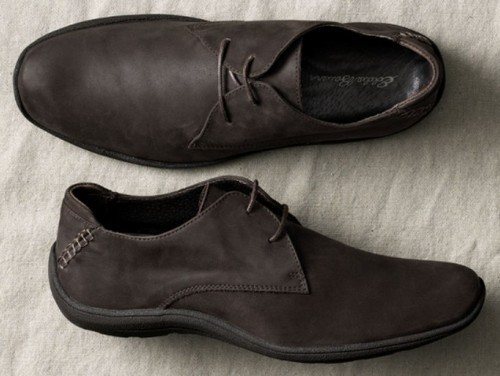
To give the necessary properties, there is a whole arsenal of impregnations, aerosols, and paints, they are selected depending on the needs, you need to carefully read the annotation. There are also specific products, softeners, fragrances, antibacterial agents, stretchers.
Such chemistry is also perfect for nubuck bags. Ideally, it makes sense to purchase a special set that has everything you need. It is sold in a special bag and will be easy to take with you on a trip. Never use products for smooth leather!
Another important factor - not skimping on good products, we will save on expensive shoes.
Primary processing
As we know, preventative measures help to avoid further difficulties, and this is also true for nubuck shoes. Before regular wear, it is recommended to soak shoes with a special water-repellent agent at least three times, after each previous layer has completely dried. If the impregnation is not in the form of an aerosol, then it should be applied not to the shoes themselves, but to the sponge with which you will process them. It is advisable that all further care products be from the same company, so they will be compatible with each other.
Daily care
When starting cleaning, you need to remember to be careful; for testing, you can start with inconspicuous areas to avoid “surprises”. Here are some basic steps:
- As already mentioned, nubuck does not like water, so washing it is strictly not recommended. Cleaning of contaminants is carried out only in dry form. This will prevent dirt from eating into the material. This cleaning frees the lint, delicately removing dirt and dust. Let's start with proper drying, it should be as natural as possible. If you need to speed up the process, fill your shoes with newspapers or rags, or use a special shoe dryer. Do not dry “aggressively” under any circumstances - on a radiator, with hot air, near a stove or an open fire!
- Use brushes and a soft cloth to thoroughly remove dust and stubborn dirt. Use an eraser to go over more stubborn stains; hard-to-reach places are cleaned with a special comb. Shiny areas can be held over a stream of steam and treated with a brush with metallic bristles. If there are stains, they can be washed with a sponge soaked in water and ammonia in a 1:1 ratio. No soap solutions!
- The final stage is treatment with a water- and dirt-repellent spray.It is important to read the instructions for use in order to achieve the effect.
And lastly, if the pollution is so strong that we are unable to cope with it, we should not despair or resort to radical actions; many dry cleaners offer nubuck restoration services.
Properly caring for color
Very often, white stains and residues of salts and reagents appear on shoes. First we go through such places with a rubber brush, then we treat them with a special product and tint them.
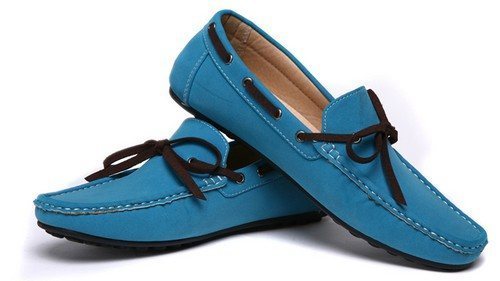
Often, impregnation products are produced initially tinted, these are the so-called cream paints. Again, we remind you that products for smooth skin are absolutely not suitable! The paint should be for velor or suede; they are fully compatible with nubuck. They are applied with a special sponge applicator. Paints are also available in spray form. When using them, uniformity is important; there is no need to rush; we also remember that they can stain surrounding objects. Good paints soften the skin and give it a fresh look.
All actions are done in advance to allow the product to take full effect.
Folk remedies
It happens that by coincidence there are no specialized tools at hand, what to do then? The original experience of our grandparents may well come in handy. They are completely safe and effective.
- For washing, we use a solution of warm water and alcohol, do not forget about steam, it perfectly restores both suede and nubuck.
- For cleaning, you can add table vinegar to the water, about a teaspoon per liter. For cleaning, use a brush or sponge; you can polish with a soft cloth.
- If you treat the surface of the shoe with a swab soaked in alcohol and water (1:1), the villi will have a fresh appearance.
- Grease stains can be removed with regular talcum powder by sprinkling them for a while.
- Brown shoes can be tinted with coffee grounds using a soft brush, black shoes can be simply wiped with carbon paper.
Again, remember to be careful not to do harm with excessive zeal.
Proper storage
Before storage, shoes are thoroughly cleaned and treated with a protective aerosol to prevent drying out. It is strictly forbidden to store nubuck products in tightly closed bags. Well-ventilated boxes or a special cabinet are best suited. There are also special bags made of perforated material.
Thus, by following these simple tips, we will get the most out of wearing nubuck shoes.


